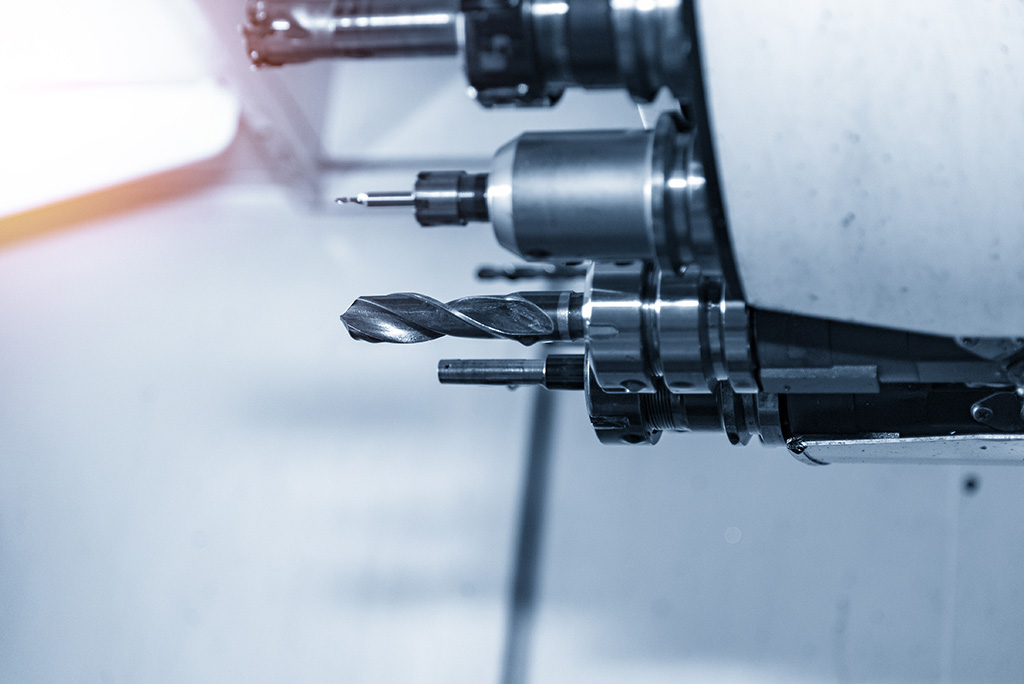Tooling Materials

After a part has been designed or modified for injection mold manufacturing, the design of the mold tooling should be considered, specifically the material the mold will be made of. Below are a few common mold tooling materials and an overview of the benefits and drawbacks of each.
Aluminum
Aluminum is often thought of as a low-volume or prototype mold material. It generally has a lower yield strength than many grades of steel, leading much of the molding industry to assume it will deliver as few as 10 000 shots. However, with differing grades of Aluminum, such as 7075-T6, the yield strength is much higher, exceeding that of some steels. In fact, nearly every mold in Flexcim’s collection is made of this heavy-duty aluminum, and our bases have been seen to last beyond 100 000 shots with proper tooling design and maintenance. Aluminum is softer than most steels and machines much quicker, meaning molds can be manufactured in as little as half the time. There is also no need for heat treatment after machining and both of these factors greatly reduce up-front tooling costs.
Other benefits of aluminum include high heat conduction and heat transfer properties. This simplifies the cooling design requirements and negates the need for conformally cooled inserts (inserts with complex 3D printed geometry for better cooling). These heat transfer properties also decrease part cycle times, further reducing finished part costs. Furthermore, aluminum has excellent corrosion resistance, making it a great tooling choice for corrosive materials such as PVC.
Despite these advantages, aluminum mold tooling does have downsides. While aluminum can be polished to a mirror finish for high-gloss or optically clear parts, the material’s softness causes polished areas to wear, and polished mold cavities often require frequent maintenance to maintain finished part quality. This aspect extends to mold damage in the event of operator error or machine malfunction. To offset these drawbacks, various grades of steel inserts are added to vulnerable or high-wear areas of the mold. Because Flexcim is a proponent of aluminum mold bases, we maintain all in-house customer molds for the life of the tool.
Steel
Because of the great variety of grades of steel and varying properties, an overview of the benefits and drawbacks may neglect some nuances of particular steel grades. However, the aim of this guide is as a general reference, so the most important features for mold tooling will be discussed.
The primary benefit of a steel mold tool is the higher tensile strength and hardness. Generally, a steel tool can withstand much more abuse than its aluminum counterpart, and therefore can last much longer with minimal maintenance. Harder steel molds will hold up best against abrasive materials, such as those filled with glass or carbon fibre, negating the need for inserts in high-wear areas like gates. Steel mold tooling will also better accept polishing as hardness increases, improving finish for glossy or clear parts.
The primary drawback of steel mold tooling is mold turnaround time. Increased machining time can push back product release and delay revenue. On top of this added cost for additional machining time, steel tooling can also increase up-front costs as cooling requires more consideration, and adding conformal cooling, increasing cavity counts, adding hot runners or other mold complexities may need to be considered in order to keep finished part costs down. Furthermore, general tool steels or hardened steels are susceptible to rust and corrosion and must be well oiled and frequently maintained to avoid this, and molds must be chromed, nitrided, or coated in some other way if a corrosive plastic material is to be used (e.g., PVC or POM). Note that grades of stainless steel exist for mold tooling that would not require coating for corrosive materials, but their cost and turnaround time greatly exceeds that of competing materials.